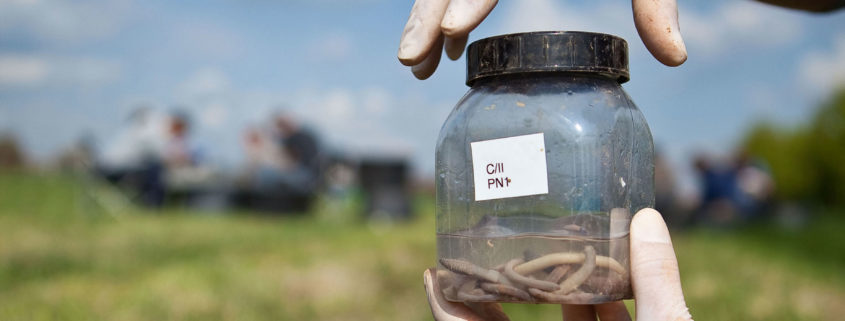Adaptation of the current earthworm field study guideline to harmonise field testing and risk evaluation for earthworms
This project has three aims: (1) to compile and critically evaluate standardised earthworm field studies in order to optimise the current test design, (2) to perform a pilot earthworm field study following the improved test design, and (3) to prepare an OECD draft guidance document. After having discussed different design options within the OECD-GSIG expert group on earthworm field studies, an earthworm field study following a modified design (covering different options) was started in spring 2017 at a crop site in Southern Hesse (Germany). First results indicate a very high earthworm density at this site. The activities are performed in close co-operation with OECD, which has included this project in the work plan of the OECD test guidelines programme (Project 2.47: New test guideline on determination of effects on earthworms in field studies). By the end of 2018, a meeting of the OECD-GSIG expert group is envisaged, discussing the outcome of the fieldwork. In the beginning of 2019, OECD is expecting a first draft of the test guideline.
For further information, see the final report of the project:
Römbke, J., Förster, B., Jänsch, S., Kaiser, F., Scheffczyk, A., Roß-Nickoll, M., Daniels, B., Ottermanns, R., Scholz-Starke, B. (2020). Necessary adaptations for a harmonized field-testing procedure and risk assessment of earthworms (terrestrial). UBA-Texte 193/2020.
Last update: November 2020



